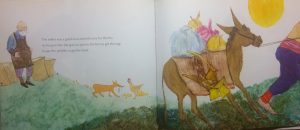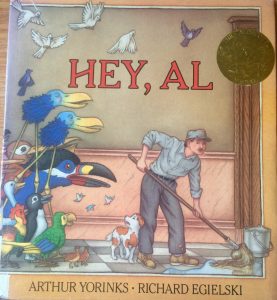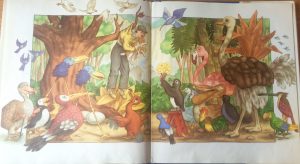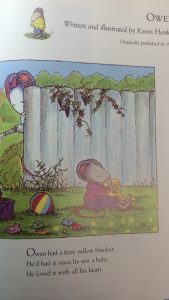

Author/ Illustrator: Kevin Henkes
Publisher/ Year: 1993
Number of Pages:
Genre: Fiction
Analysis
Owen is a mouse who has a blanket named Fuzzy. Owen takes Fuzzy everywhere and they do everything together. But as Owen gets older, Fuzzy also gets older, and more dirty. His parents are not sure what they will do when Owen starts school because he cannot take Fuzzy with him. Ms. Tweezers, the neighbor, comes up with all sorts or ideas to help Owen’s parents get rid of Fuzzy. They dip Fuzzy in vinegar, they try to throw Fuzzy away, and they even attempt to get Owen to give Fuzzy to the Blanket Fairy. But Owen doesn’t give Fuzzy up, even when his parents start telling him the word “no.” Finally, his mother decides to cut Fuzzy into handkerchiefs so that it is small enough for Owen to take to school.
This story is a mirror for children who have a special bond or attachment to a favorite stuffed animal or toy. Some children outgrow their favorite toy/stuffed animal, but others find it very difficult to say goodbye or leave a toy behind. The story offers a positive way for parents to help their kids transition from the home setting to a school setting.
Fuzzy is a yellow blanket. This could symbolize Owen’s happiness when Fuzzy is with him. Yellow also is associated with creating new ideas. Owen and Fuzzy spend their days creating fun and entreating new games. Or the color yellow foreshadows the ideas that Owen’s parents and Ms. Tweezers come with to try to keep Fuzzy away from Owen. It could also foreshadow betrayal. Owen is upset because his parents will not allow him to bring Fuzzy to school.
The text states that Owen’s parents try many ideas to get Fuzzy away from Owen. They come up with all these ideas, but Ms. Tweezers is the one who “fills them in” about using the word “no.” The text kind of implies that Owen is basically allowed to do what he wants because his parents have never told him “no.”

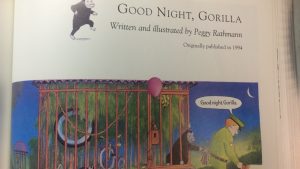
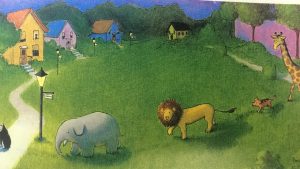
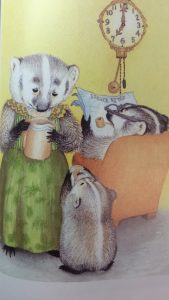

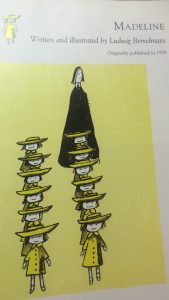
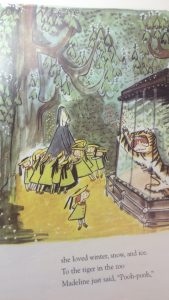
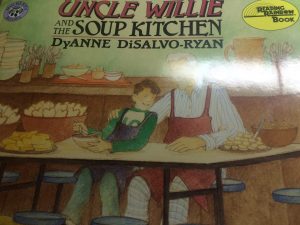
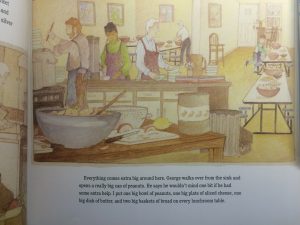
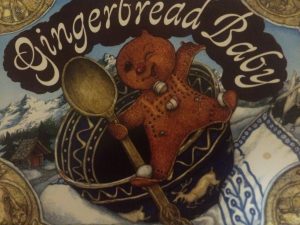
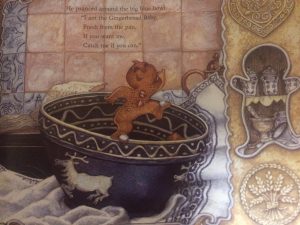
 This story is about a young girl and her love for paletas and her barrio. A paleta is an icy fruit popsicle, and a barrio is a neighborhood. On each page she talks about all the roles that the paleta plays in her neighborhood.
This story is about a young girl and her love for paletas and her barrio. A paleta is an icy fruit popsicle, and a barrio is a neighborhood. On each page she talks about all the roles that the paleta plays in her neighborhood.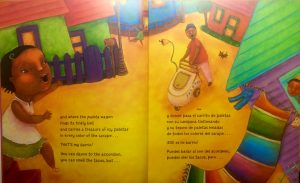
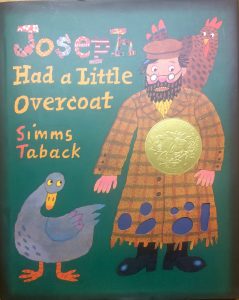
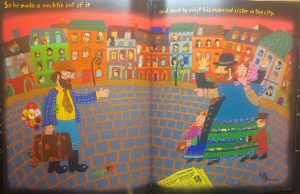
 One Fine Day is a Caldecott Medal winner. It is a story about a little fox that gets is tail cut off by an old woman for drinking her milk. The only way he is able to get his tail back is if he brings the old woman more milk.
One Fine Day is a Caldecott Medal winner. It is a story about a little fox that gets is tail cut off by an old woman for drinking her milk. The only way he is able to get his tail back is if he brings the old woman more milk.